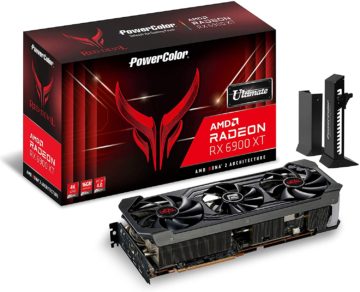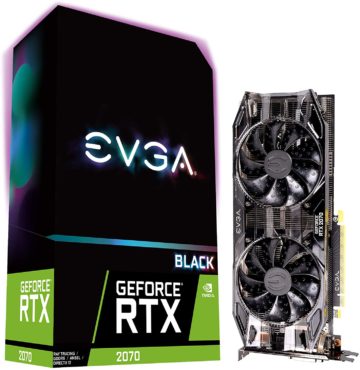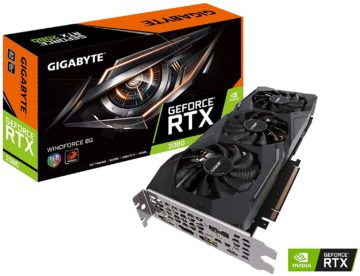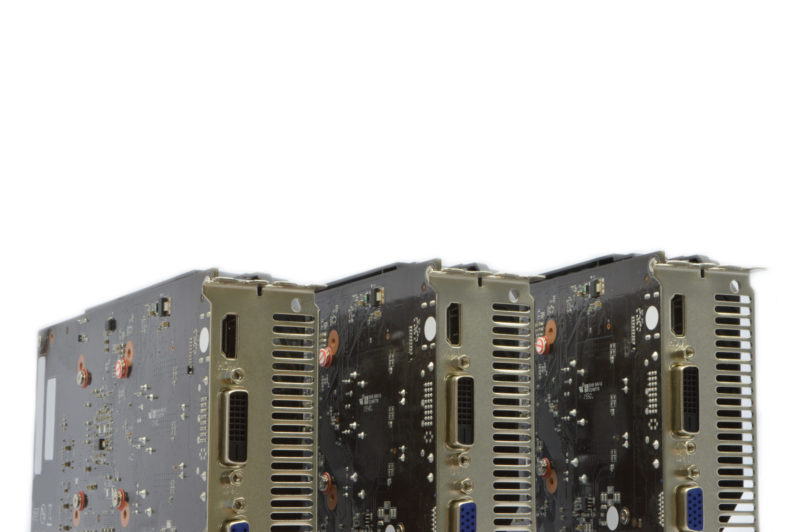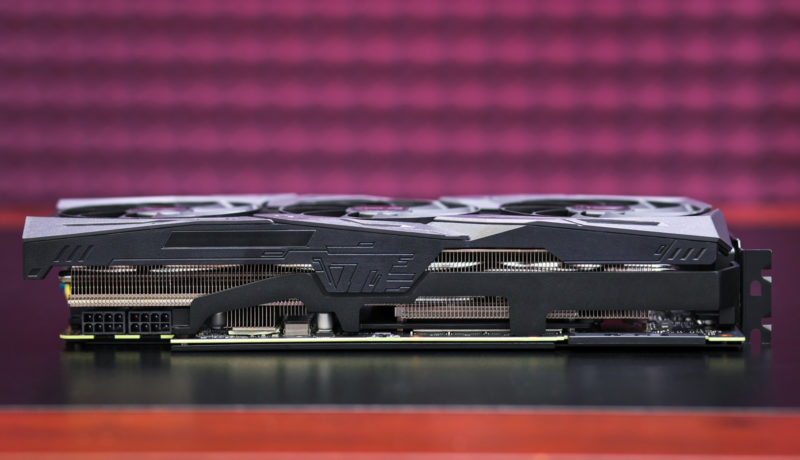The Radeon RX 6900 XT is a powerhouse of a graphics card. Priced right at the top end of the budget, this card provides exceptional VRAM capacity and speeds, all while boasting a whopping 5120 stream processors and a boost clock speed of 2250.
Check Latest PriceBest cheapest 4K GPUs for Gaming/Video
Looking for the best cheapest 4K GPUs for gaming/video? We have list down and reviewed 6 of the best GPUs for gaming and videos here.
